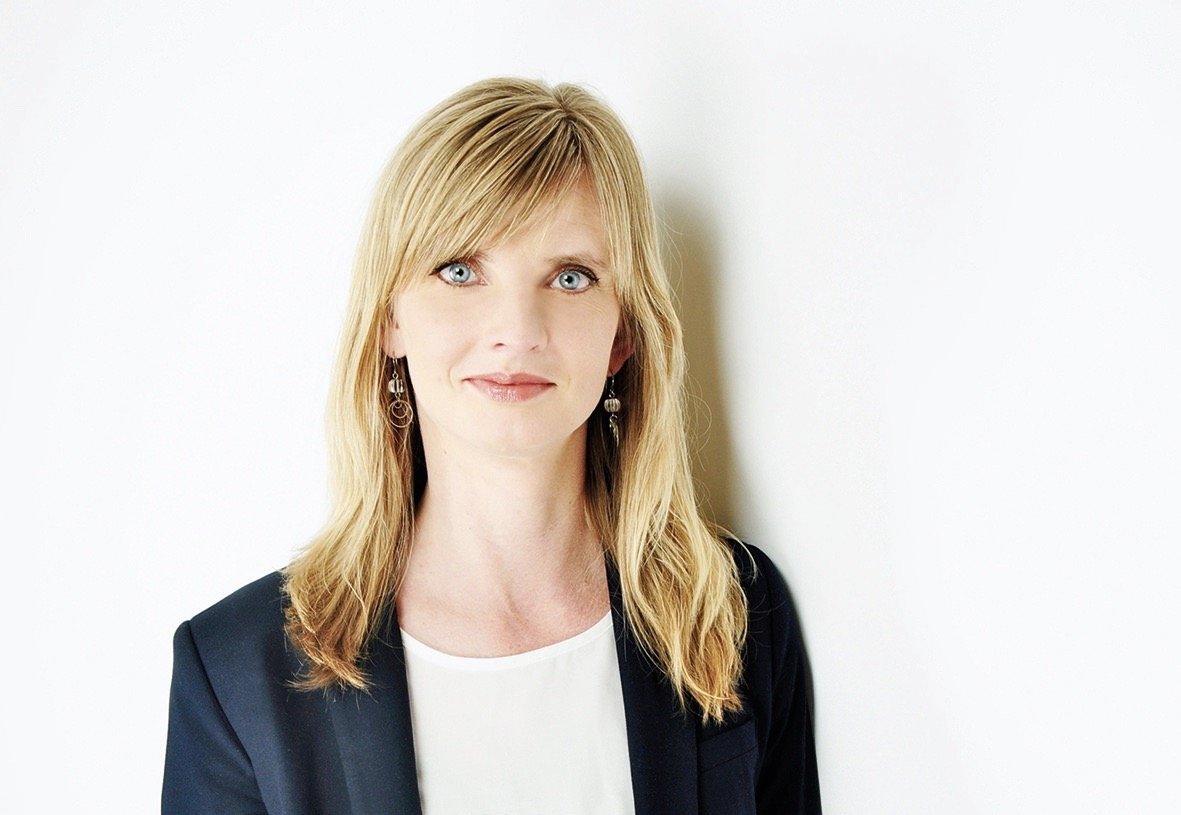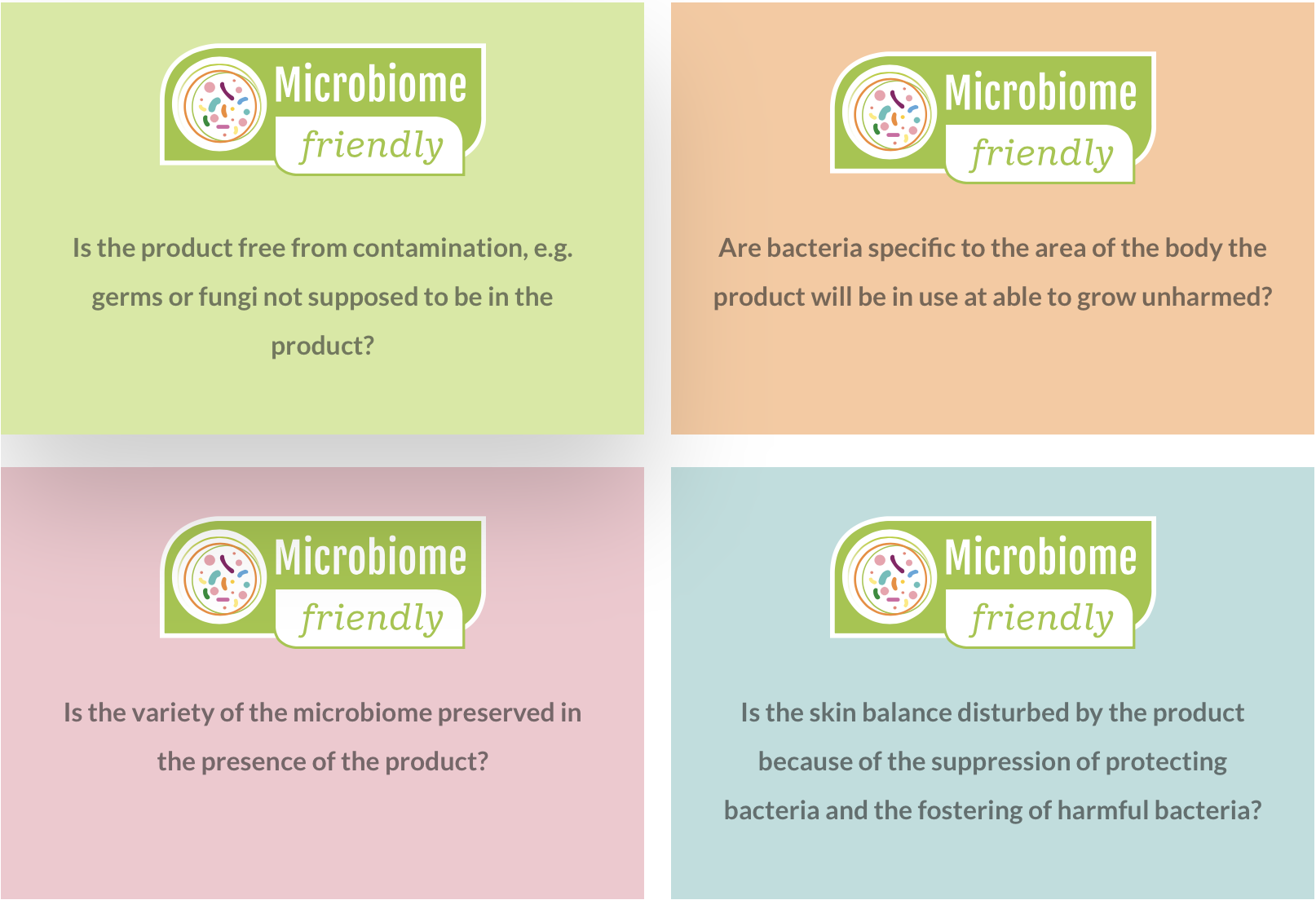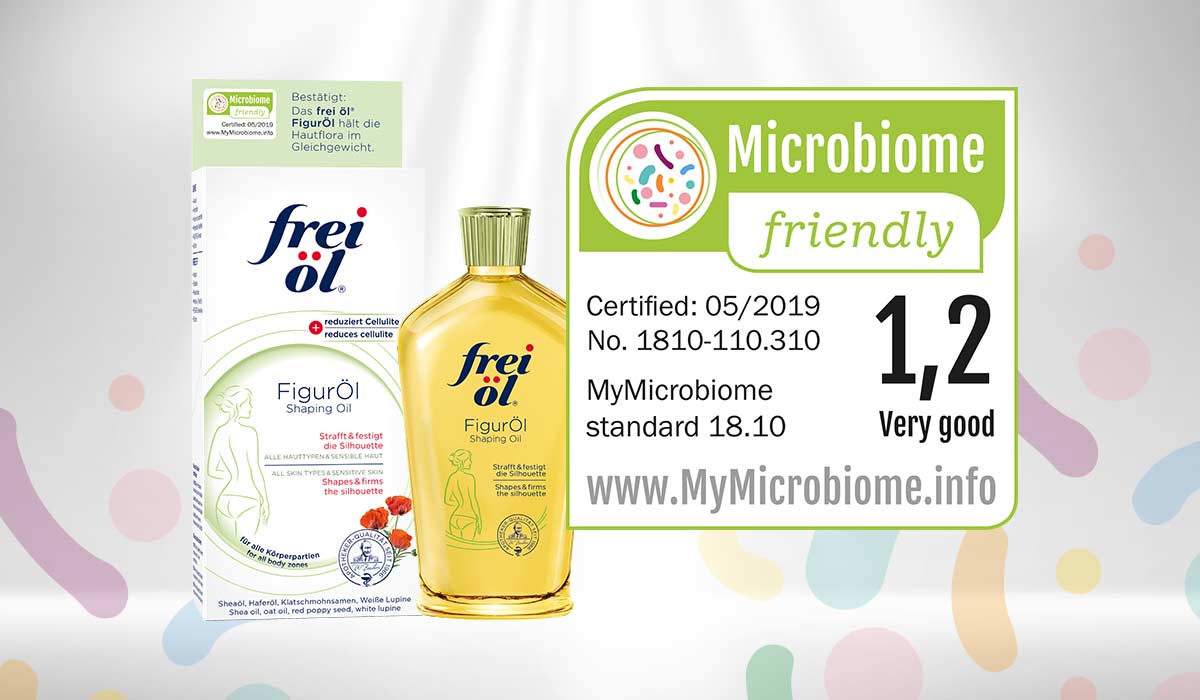
Skincare Can Be Certified Cruelty-Free, Vegan And Organic. Now, A New Certifier Validates It’s Microbiome-Friendly, Too.
Skin, the largest organ, has company: a veritable carpet of microscopic bacteria, fungi and viruses known collectively as the microbiome.
A decades-old medical discovery that’s just now filtering into the vernacular, the microbiome covers the entire skin, lines the gut and protects the body from a barrage of invisible assaults. If you put all the microbes in the microbiome on a scale, they’d weigh close to five pounds. As a group, they contain 200 times more genetic material than found in human DNA. Sensitive to stress, poor eating habits and difficult external conditions, skin is a key indicator of health—and the health of skin, like the health of other key organs, can be tied to the health of the microbiome.
Since the 1990s, it’s been understood that the microbiome helps synthesize vitamins, metabolize food and strengthen immune systems. Researchers have identified how it trains the immune system to recognize good and bad germs, and fends off harmful fungi and bacteria. The microbiome serves as a trigger mechanism for the immune system that alerts it when it’s time to address a detrimental intruder. But people don’t always protect this incredible exogenous ecosystem as well as they should. They risk destroying it through the overuse of health rituals and aggressive hygiene.
Dr. Kristin Neumann has been working in the field of microbiomics for almost 12 years. A featured speaker at conferences on the subject, she’s come across a growing number of manufacturers in the beauty industry that claim to sell microbiome-friendly products. In 2018, the German microbiologist launched MyMicrobiome with marketing specialist Tanja Walbrunn as a check against unsubstantiated claims. Driven to take a stand against the increasing destruction of the microbiome and provide the public with comprehensive information, Neumann and Walbrunn created their operation to check cosmetic and skincare products for their microbiome compatibility. Currently, it’s only independent certifier in the world concentrating on the impact of beauty products on the microbiome.

Neumann spoke to Beauty Independent to separate fact from fiction. She explains the microbiome remains with people throughout their lives. Its microbes aren’t only located on the skin. It’s on all body orifices that come into contact with the outside world. Resistance to bad bacteria depends on genetics, but also on numerous environmental factors. It begins at the moment of birth, the first time humans are exposed to a vast array of bacteria and a critical event in the development of the immune system. There’s evidence, for example, of disparities between babies born via vaginal birth versus Caesarean section. For the development of a healthy intestine and to cultivate productive bacteria internally, contact with the vagina can be beneficial. Consumption of breast milk, and interaction with pets and dirt can be influential, too.
Food plays an important role, according to Neumann. The general rule is to eat as wide-ranging a diet as possible with few processed foods to stimulate the microbiome. If people consume a lot of sugar and fat, bacteria can harness those substances to reproduce and foster weight gain.
“Antibiotics that virtually ‘shoot’ everything to pieces cause the formation of craters in the carpet that allow foreign pathogens to penetrate.”
Eczema, skin fungi and genital fungi can be instigated by a dysfunction of the microbiome. These ailments don’t arise from a lack of care. Rather, they can result from excessive care with intense ingredients. When the body is already weakened by antibiotics, microbiologists like Neumann recommend reducing the application of skincare products. She explains that drugs hit the body like a bomb. They destroy the protective film around intestines and skin. Some microbiomes can bounce back, but many need years to regenerate, and others don’t recover at all. “Antibiotics that virtually ‘shoot’ everything to pieces cause the formation of craters in the carpet that allow foreign pathogens to penetrate,” says Neumann. If the microbiome is weakened, the immune system is weakened as well.
When the immune system is distressed, cosmetics can prove to be an additional burden. Many intense ingredients impair more than they nourish, and widen the craters generated by illness and the use of antibiotics. Instead, mild soaps and basic creams have been found to relieve the skin. Like antibiotics that sap favorable bacteria along with disease-causing bugs, aggressive cleansing agents outside the body can also wreak havoc. Medical science and the beauty industry have much to learn in this respect.
MyMicrobiome operates independently and its customer portfolio ranges from small labels to big players in the cosmetics industry. Its clients submit products for testing to receive the organization’s Microbiome-Friendly official seal. While the submission process is simple, the testing is not.

The microbiome has distinct germ compositions depending on where it exists on the body. The skin of forearms and lower legs is dry, and there are wet areas in the buttock fold and armpits. “They are like different ecosystems on the skin, on the head, in the private parts of the body,” says Neumann. “It is exciting to see that the differences between the individual parts of the body are more significant than those between different people. My armpits are more like yours than like my forearms.” The complexity makes it difficult to determine whether a product is neutral for the microbiome or not. It’s only possible to define key organisms and analyze them in different body parts because 20% of the microbiome is unique to individual humans. “We then examine how many organisms remain unharmed and which are destroyed by the product. Most sanitary products destroy them all,” says Neumann. Some beauty products even initiate species’ reproduction. The reproduction isn’t advantageous because the microorganisms must remain in balance.
In general, natural cosmetics tend to be more microbiome-friendly due to the absence of synthetic preservatives. Not all preservatives have proven to be terrible for the microbiome, though. As a class, synthetics aren’t completely awful for the microbiome, and natural ingredients aren’t completely positive for it. Select natural ingredients can certainly lead to considerable damage. There are essential oils that can have a destructive effect. By testing a product, MyMicrobiome assesses its multitude of components to determine whether it doesn’t undermine the microbiome.

The fewer ingredients in a beauty product, the greater the chance of it being microbiome-friendly. Generally, soap isn’t for the whole body, but can be valuable for specific parts. If the skin can get by without cream, it’s better not to slather it on. The skin is an organ that regenerates itself. If fed with proper care, there’s no need for it to moisten. “Of course, it’s best if the skin takes care of itself,” declares Neumann. “Many manufacturers of beauty products themselves say that less is more.”
The German brand Frei öl is the first brand to get the MyMicrobiome seal. Several others are expected to follow soon. As she examines the beauty product field, Neumann concludes that brands built on simplicity and premium natural ingredients are the primary contenders to lead the micro-biome-friendly charge.
Article originally published in BeautyIndependent.de on Nov. 18, 2019.





Leave a Reply
You must be logged in to post a comment.